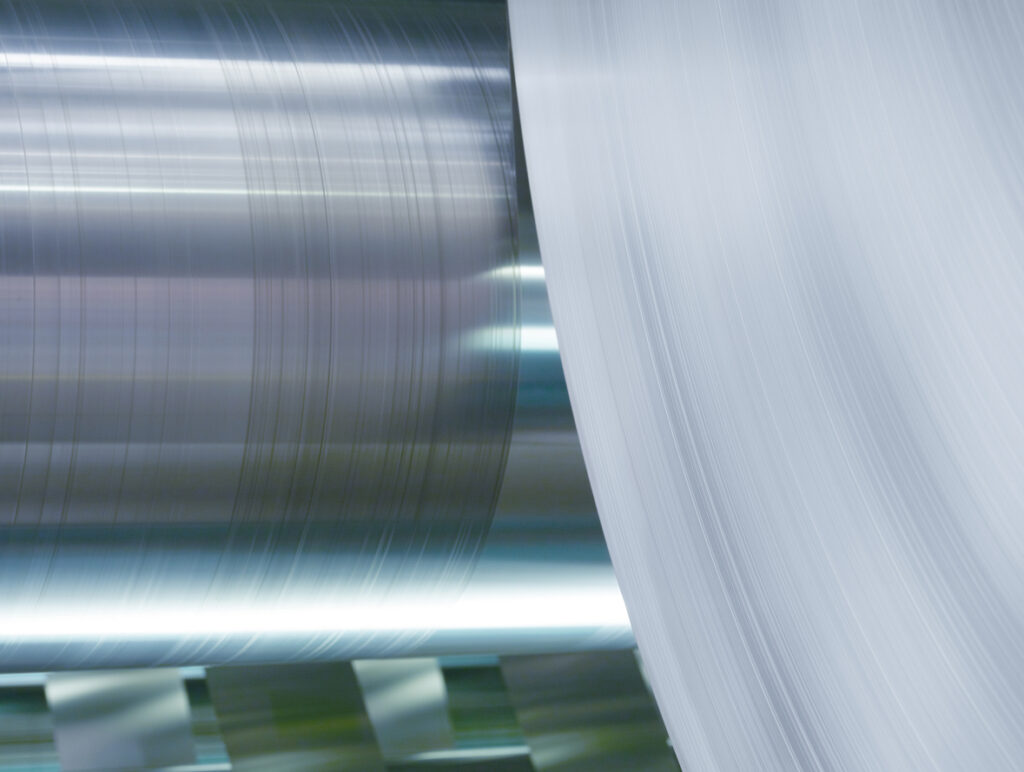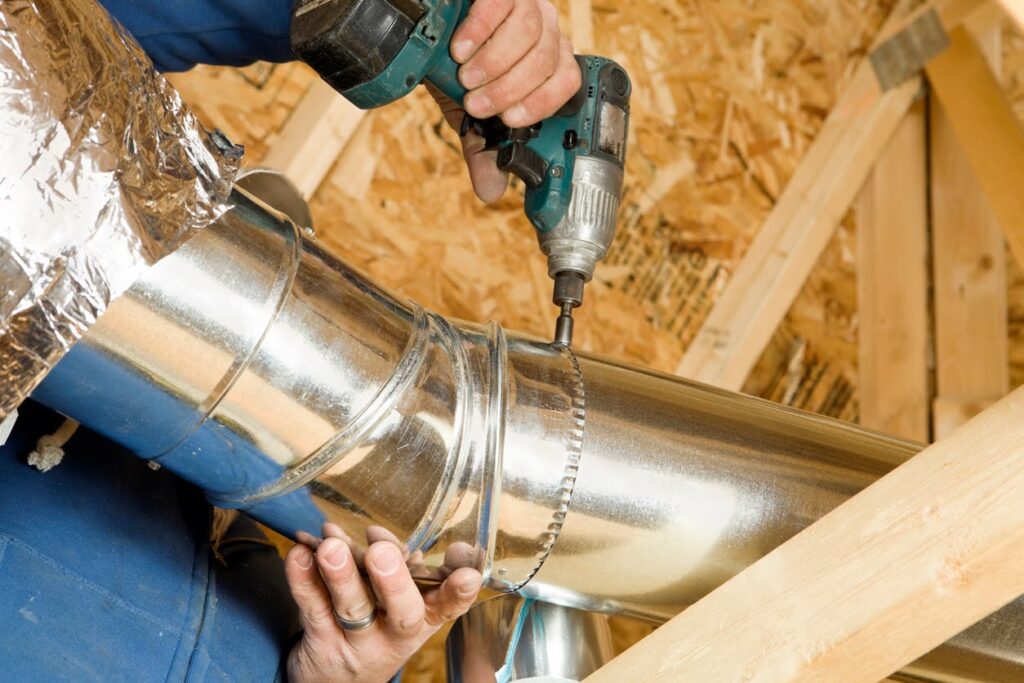When it comes to crafting intricate and functional metal structures, sheet metal fabrication is an art form that combines creativity with precision engineering. Whether you’re curious about how your favorite car was made or want to understand the steps behind creating custom metal furniture, this post will take you on a journey through the process of sheet metal fabrication.
So, What Exactly Is Sheet Metal Fabrication?
Sheet metal fabrication is a manufacturing process that involves shaping and manipulating thin sheets of metal to create a wide range of products and components. This process typically includes cutting, bending, welding, and assembling metal sheets to achieve the desired shape and functionality, making it a fundamental method for producing items such as automotive parts, appliances, enclosures, and structural components.
The sheet metal fabrication often begins with a spark of creativity. It’s the moment when an idea takes shape, and designers start sketching their vision on paper or using advanced computer-aided design (CAD) software. This initial phase involves understanding the project’s purpose, materials, and feasibility – something the experts at Avon Lake Sheet Metal have been helping customers with for over 70 years.
Materials Matter
One of the critical aspects of sheet metal fabrication is choosing the right materials. The choice of metal depends on factors like strength, corrosion resistance, and appearance. Common metals used include steel, aluminum, and stainless steel. The selection of the material significantly impacts the final product’s characteristics.
Cutting and Shaping
Once the design is finalized and the materials are selected, it’s time to bring the project to life. This involves cutting and shaping the sheet metal. Techniques like laser, waterjet, and plasma cutting are used to shape the metal sheets according to the design specifications precisely.
Welding and Joining
Welding is the glue that holds sheet metal projects together. Different welding techniques, such as TIG (Tungsten Inert Gas) welding and MIG (Metal Inert Gas) welding, are employed based on the project’s requirements. The choice of welding method affects the final quality and appearance of the joints.
Adding The Finishing Touches
Finishing touches like sanding, grinding, and painting are applied to ensure the project meets its aesthetic and functional goals. These processes enhance the appearance, smooth out rough edges, and protect the metal from corrosion.
Quality Control
Before the project is deemed complete, it undergoes rigorous quality control checks. Inspections verify that the dimensions, welds, and finishes meet the design specifications and industry standards.
The Finished Product
These meticulous steps culminate in a beautifully crafted sheet metal product ready to serve its intended purpose. Whether it’s an architectural masterpiece, a piece of industrial machinery, or a work of art, sheet metal fabrication transforms raw materials into functional works of art.
In conclusion, sheet metal fabrication is more than just a process; it’s an art that combines creativity, skill, and precision. From concept to completion, the journey of turning raw metal sheets into functional and aesthetically pleasing structures is a testament to human ingenuity.
Have a project of your own to get started on? The experts at Avon Lake Sheet Metal would love to discuss your specifications and help you execute your ideas – contact us today!



